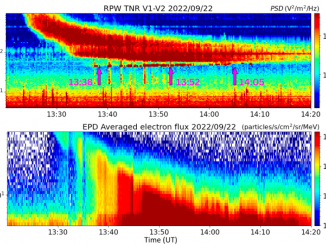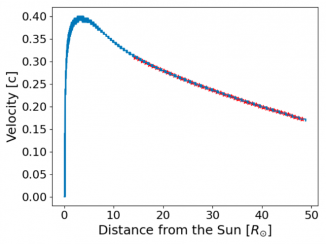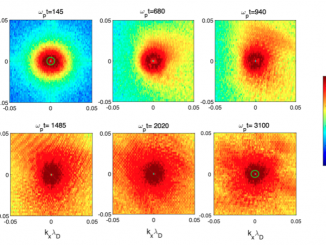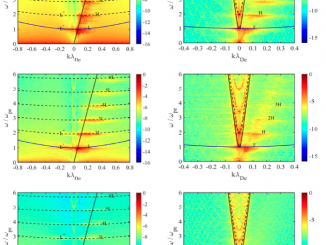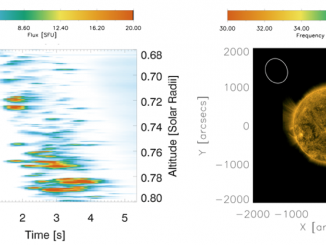Polarization Analysis of Type III Langmuir/Z-mode Waves with Coherent Magnetic Component Observations by Solar Orbiter by T. Formánek et al.
Type III solar radio bursts are generated by beams of energetic electrons propagating through interplanetary space. These electron beams, released from the Sun, travel along the Parker spiral and grow Langmuir waves through a kinetic instability in the electron velocity distribution function. The generated Langmuir waves subsequently undergo mode conversion, producing a radio emission at the plasma frequency or its harmonic. Langmuir waves are electrostatic waves generating the electric field […]

